In this current educational climate, we are seeing more and more students with extremely high stress levels. In one study, it was determined that teen stress is even rivalling that of adults, and half of all teenagers weren't sure they were doing enough to handle their stress, with many expressing feelings of overwhelm, sadness and exhaustion.
Now I'm a believer in promoting a drive for success and fuelling ambition in students, but making them stressed all the time at such a young age is only going to end badly. With a continual increase in focusing too much on test scores and less on character and emotional intelligence, our students are not going to be emotionally equipped to deal with stress.
There is nothing that saddens me more, and as a teacher, I do all I can every day to equip my students with the tools they need to be able to handle the stresses of school and life. I do this through character building; you can read more about how to teach Character here.
A specific skill within Character education that I teach my students, is Stress Management, and in this article, you will learn the 5 steps in teaching your students how to manage their stress. You will help your students build their confidence and achieve their best, and while you want them to achieve well, they are also more than a test score.
Keep reading to learn how you can support your students in managing their stress, helping them achieve their best in your class and most importantly, feeling proud of their achievements, whatever their "score".
Now I'm a believer in promoting a drive for success and fuelling ambition in students, but making them stressed all the time at such a young age is only going to end badly. With a continual increase in focusing too much on test scores and less on character and emotional intelligence, our students are not going to be emotionally equipped to deal with stress.
There is nothing that saddens me more, and as a teacher, I do all I can every day to equip my students with the tools they need to be able to handle the stresses of school and life. I do this through character building; you can read more about how to teach Character here.
A specific skill within Character education that I teach my students, is Stress Management, and in this article, you will learn the 5 steps in teaching your students how to manage their stress. You will help your students build their confidence and achieve their best, and while you want them to achieve well, they are also more than a test score.
Keep reading to learn how you can support your students in managing their stress, helping them achieve their best in your class and most importantly, feeling proud of their achievements, whatever their "score".
For the past few years, I have been seeing successful results with helping my students develop their personal skills with this Stress Management resource, which I designed out of a desperate need to help my frazzled students. It includes a strategy I came up with to help them tackle their emotions as well as plenty of examples and scenarios to help them determine the best actions to take.
If you want to help your students with stress management so that they are not only successful academically, but are developing emotionally and mentally too, then you can help them by following this 5 step strategy below:
If you want to help your students with stress management so that they are not only successful academically, but are developing emotionally and mentally too, then you can help them by following this 5 step strategy below:
1. Identify what causes them stress:
The first way to manage stress is to help your students identify what triggers often causes it. Ask your students to come up with a list of everything in their life that stresses them out. This of course, will look different for every student as they will have varying levels of resilience, triggers and experiences, but there will be many similarities too that you can pull out and talk about as a class. Finding the commonalities will help them feel less alone, and once they are aware of certain triggers, they will later be able to learn how to prepare for these. Here are just some examples of triggers lifted from the Stress Management PowerPoint:
The first way to manage stress is to help your students identify what triggers often causes it. Ask your students to come up with a list of everything in their life that stresses them out. This of course, will look different for every student as they will have varying levels of resilience, triggers and experiences, but there will be many similarities too that you can pull out and talk about as a class. Finding the commonalities will help them feel less alone, and once they are aware of certain triggers, they will later be able to learn how to prepare for these. Here are just some examples of triggers lifted from the Stress Management PowerPoint:
2. How does stress manifest itself:
Then you want to ask your students to look carefully at what signs of stress they experience mentally, emotionally or physically. This is important so they can learn to recognise stress before it gets out of control and takes over their being. It is also quite shocking how many manifestations there are and how damaging they are to overall health in the long term - there are plenty of examples in the PowerPoint for you to discuss with your students. This definitely gives them a wakeup call that it is something they need to learn how to manage from now, because stress definitely isn't going anywhere!
Then you want to ask your students to look carefully at what signs of stress they experience mentally, emotionally or physically. This is important so they can learn to recognise stress before it gets out of control and takes over their being. It is also quite shocking how many manifestations there are and how damaging they are to overall health in the long term - there are plenty of examples in the PowerPoint for you to discuss with your students. This definitely gives them a wakeup call that it is something they need to learn how to manage from now, because stress definitely isn't going anywhere!
3. Determine what actions they can control:
Now you want to give your students some power and get them to look for the positive by determining what actions they can control, in preparation for, or once they are feeling stressed. Here students can share what they find helps them and they often have really positive discussions and take away a lot of helpful ideas from one another. Of course, it also provides an opportunity to discuss some less helpful methods that some students use and why some actions might be more harmful than helpful.
4. Explain the history of stress and why it is important:
This is one of my favourite parts of the resource as it brings in a bit of history! If you want it all laid out for you, you're welcome to use the PowerPoint I created, but the general gist centres around the story of why we are designed to respond to stress, going all the way back to caveman times, and discusses the "fight or flight" response which is essential for survival. Of course, our current lives have less physical threats to life, but we still have the instincts to respond to stress, it's just the stress looks different now than it did in caveman times! It's a great section of the resource as it makes your students understand what an important instinct this is for us - we just need to learn how to manage it for modern living.
5. Create a plan of action to deal with stress:
Finally, using their knowledge of triggers and actions and understanding that stress is something they need to manage and not eliminate, they can begin to construct a plan of action and strategies. For example, if they have a trigger of deadlines, they might determine that a good plan of action for the future is to write down all upcoming deadlines in a calendar so they can see them in advance and not get caught out last minute. They might also want to break down everything they have to do for that project into little steps that are manageable, which will all help to control the feelings of anxiety and overwhelm. They can also identify what they can do if they are feeling the effects of stress, such as take deep breaths (there are a few breathing exercises included in the resource too!) or talk with someone they trust. Having a plan in place puts your students in a position of control, ready to manage stress!
Now you want to give your students some power and get them to look for the positive by determining what actions they can control, in preparation for, or once they are feeling stressed. Here students can share what they find helps them and they often have really positive discussions and take away a lot of helpful ideas from one another. Of course, it also provides an opportunity to discuss some less helpful methods that some students use and why some actions might be more harmful than helpful.
4. Explain the history of stress and why it is important:
This is one of my favourite parts of the resource as it brings in a bit of history! If you want it all laid out for you, you're welcome to use the PowerPoint I created, but the general gist centres around the story of why we are designed to respond to stress, going all the way back to caveman times, and discusses the "fight or flight" response which is essential for survival. Of course, our current lives have less physical threats to life, but we still have the instincts to respond to stress, it's just the stress looks different now than it did in caveman times! It's a great section of the resource as it makes your students understand what an important instinct this is for us - we just need to learn how to manage it for modern living.
5. Create a plan of action to deal with stress:
Finally, using their knowledge of triggers and actions and understanding that stress is something they need to manage and not eliminate, they can begin to construct a plan of action and strategies. For example, if they have a trigger of deadlines, they might determine that a good plan of action for the future is to write down all upcoming deadlines in a calendar so they can see them in advance and not get caught out last minute. They might also want to break down everything they have to do for that project into little steps that are manageable, which will all help to control the feelings of anxiety and overwhelm. They can also identify what they can do if they are feeling the effects of stress, such as take deep breaths (there are a few breathing exercises included in the resource too!) or talk with someone they trust. Having a plan in place puts your students in a position of control, ready to manage stress!
I hope this helps you in your endeavour to teach your students such an important life skill. I wish it was mandatory in the curriculum, but just because it isn't (yet!), doesn't mean it is something that should be ignored. No one else is going to do it, so we need to step up and do what is right for our students!
If you would like the ready made PowerPoint and Printable resources which guide your students through these steps and provide discussions, scenarios and prompts, you can download it below straight from Teachers Resource Force, or click here to download from Teachers Pay Teachers instead.
And, if you're interested in more stress relief / well being / character development materials for your students, you can find a whole collection of resources here, or you can find them over on Teachers Pay Teachers too.
Keep up the great work of being an amazing and inspirational teacher - your students are fortunate to have you!
Keep up the great work of being an amazing and inspirational teacher - your students are fortunate to have you!
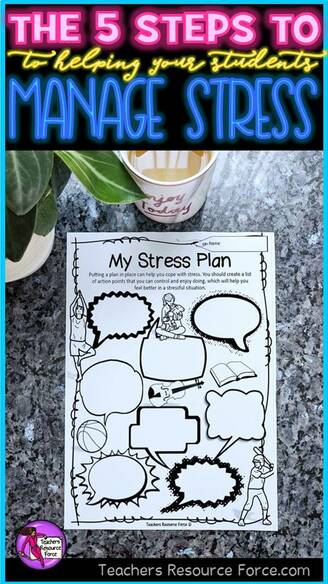
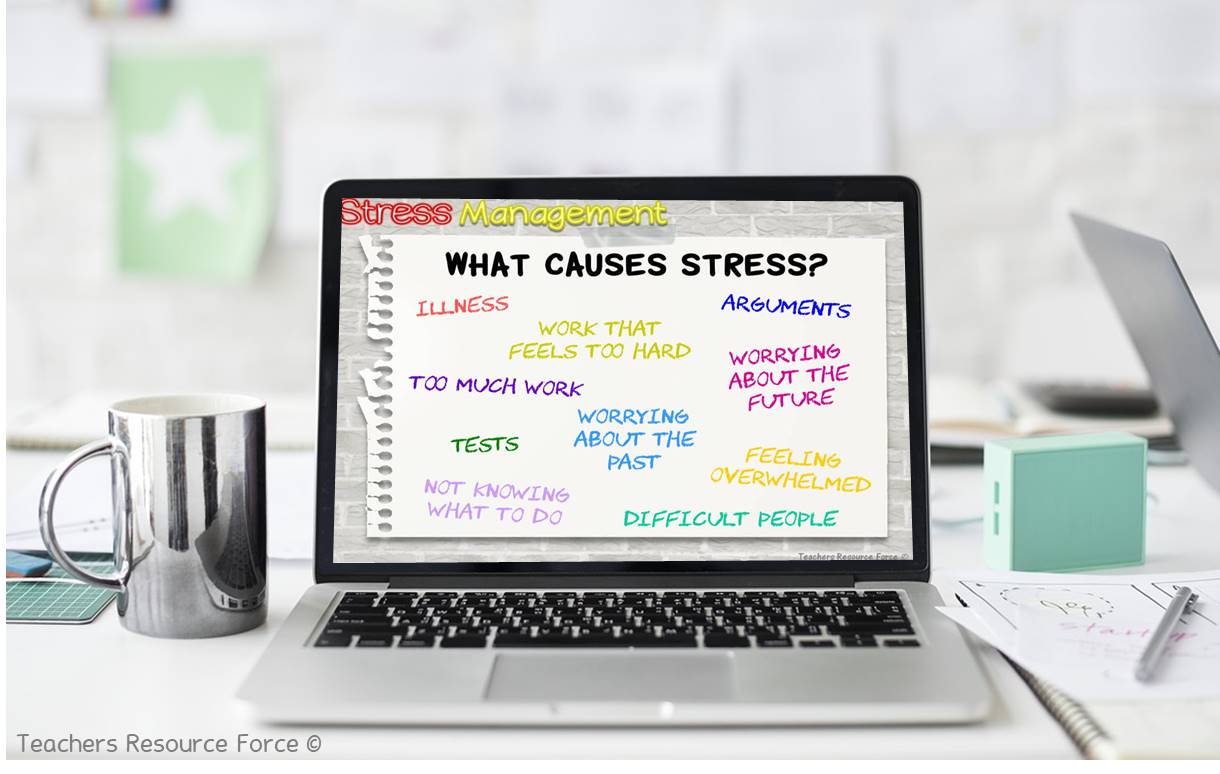
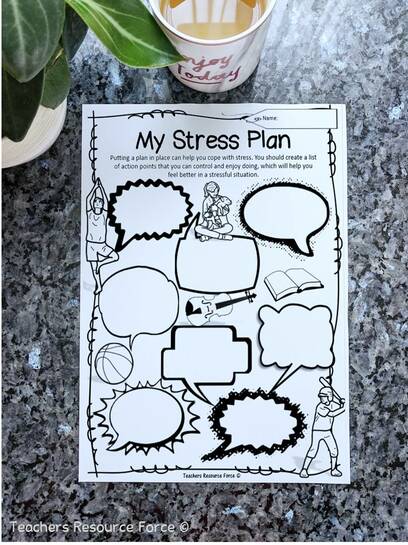
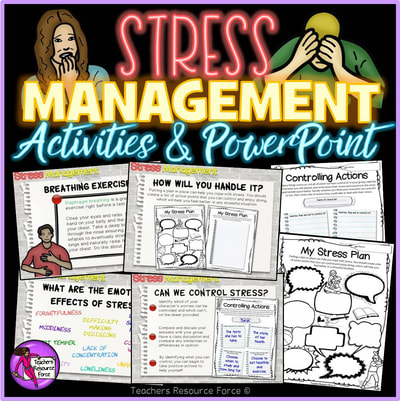
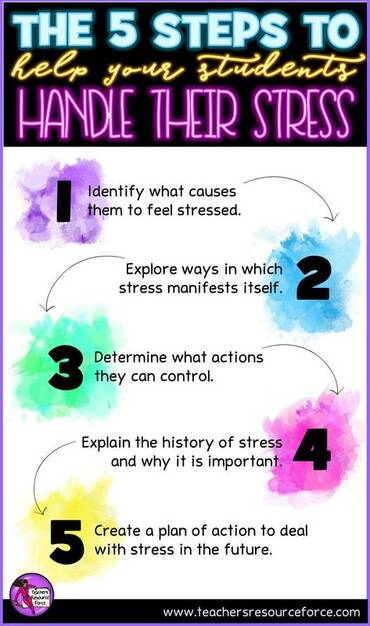





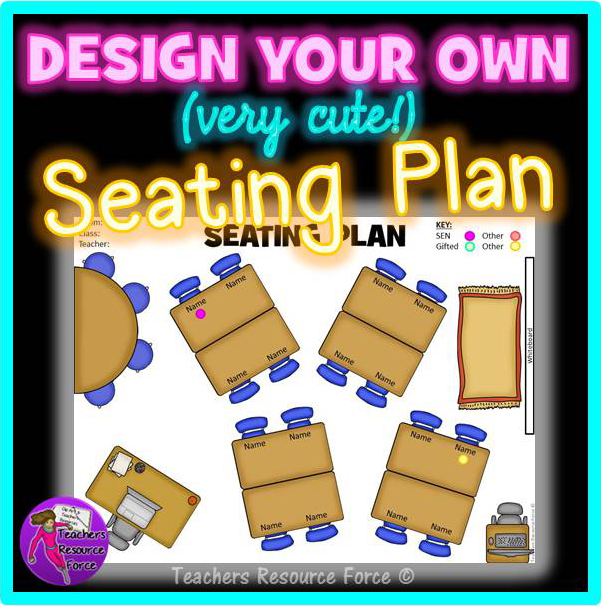
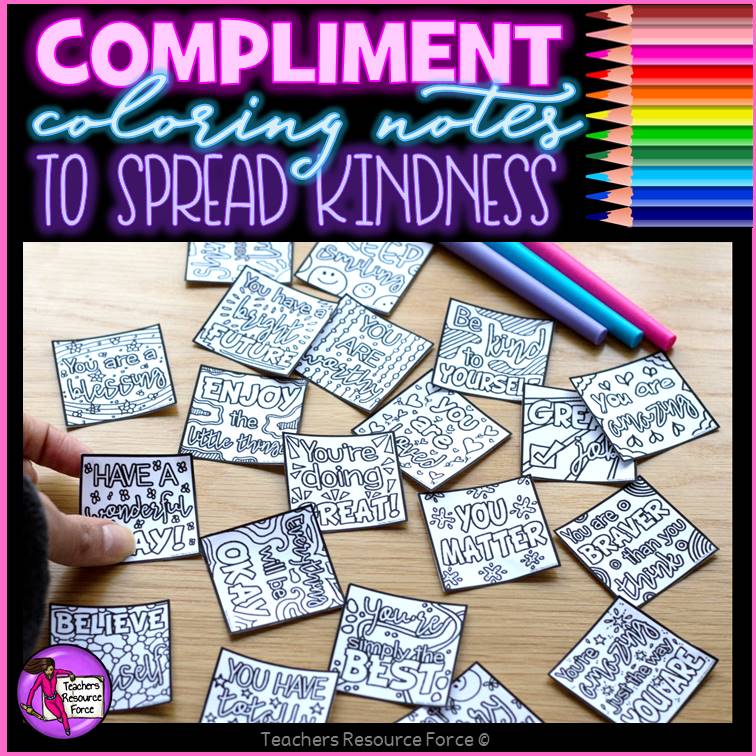
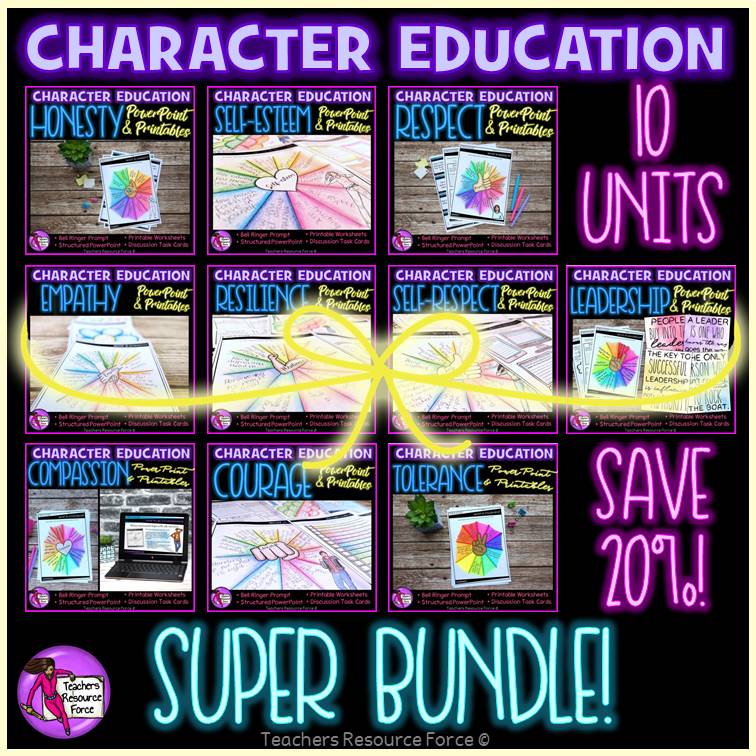
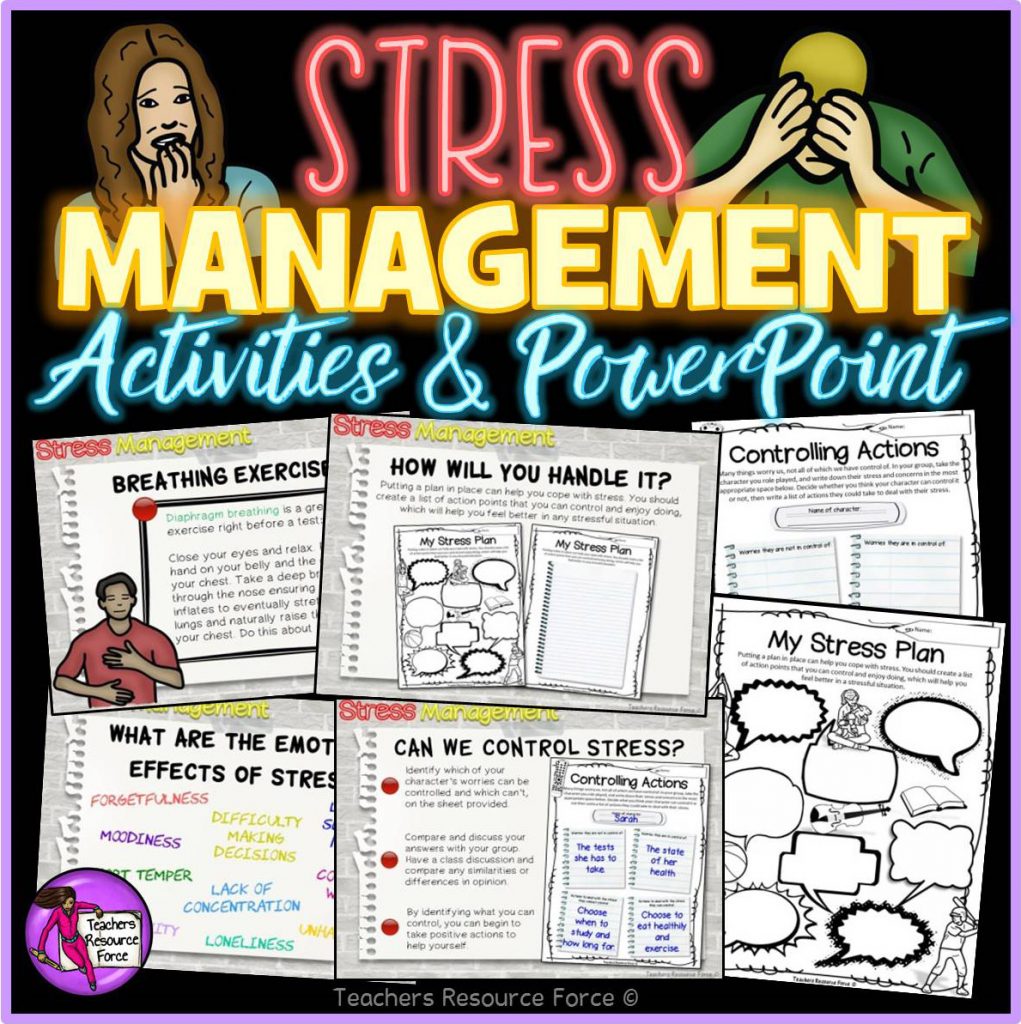
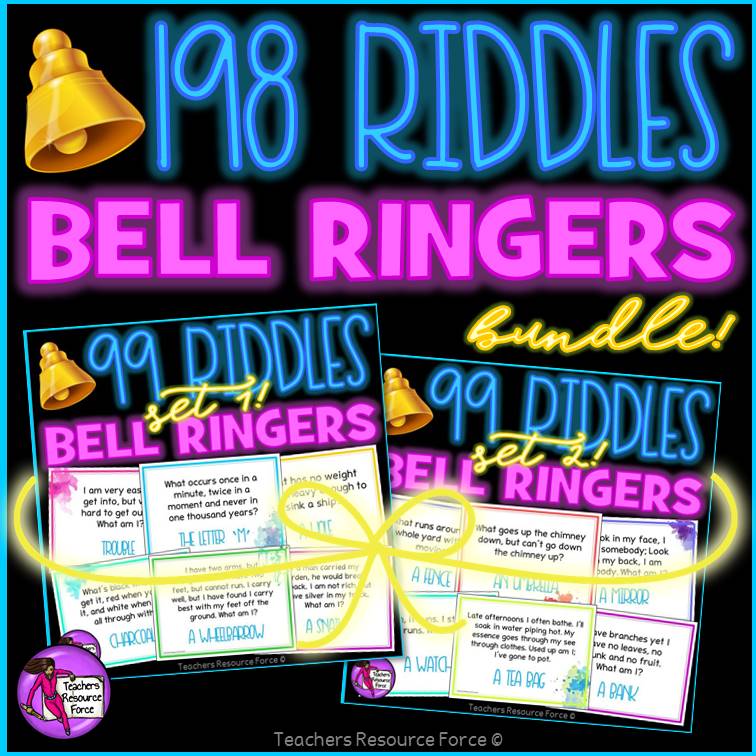
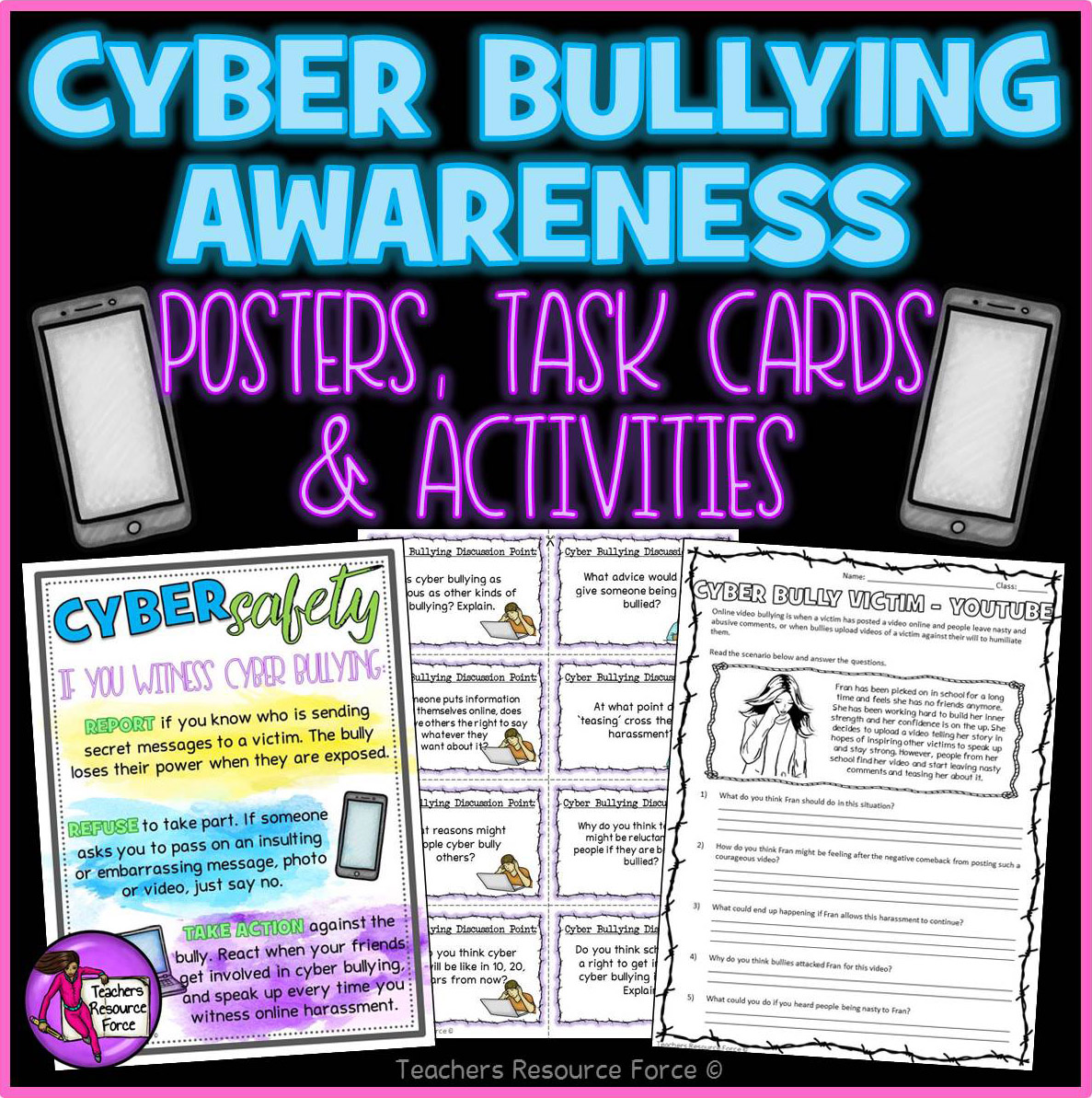








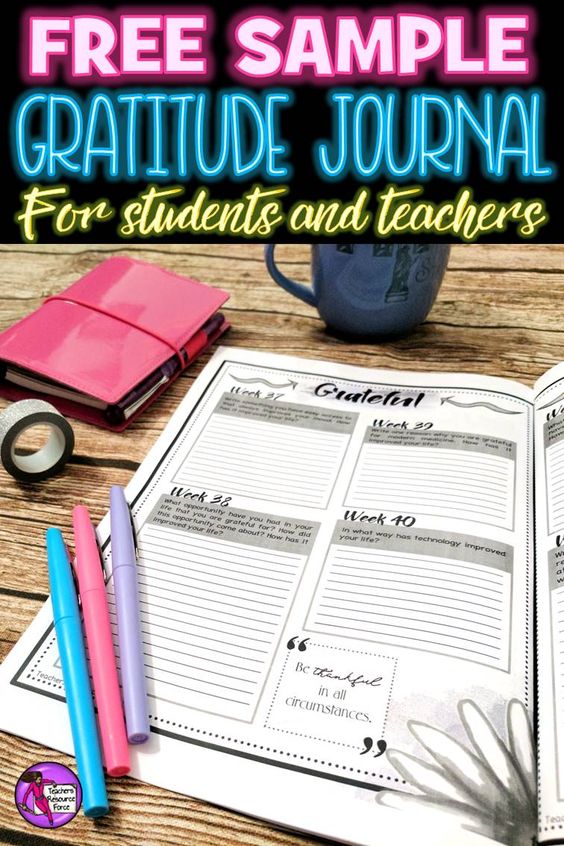
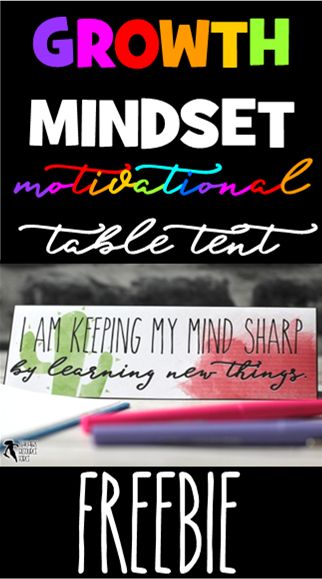

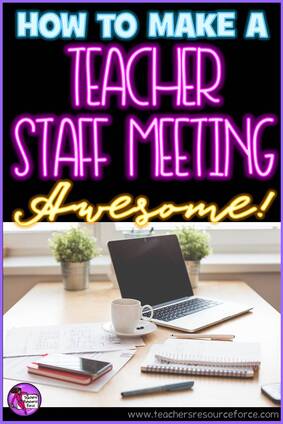

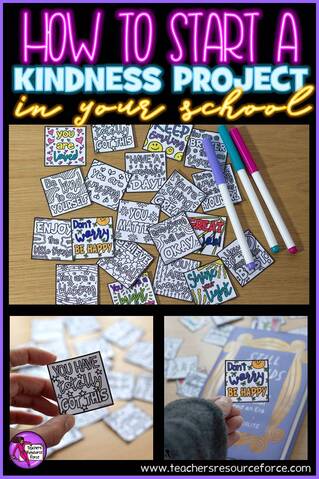

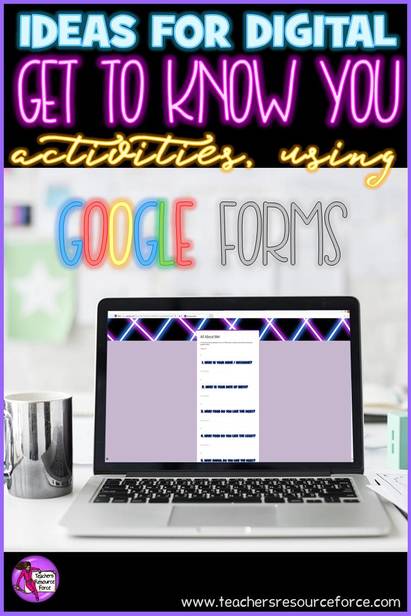
 RSS Feed
RSS Feed



